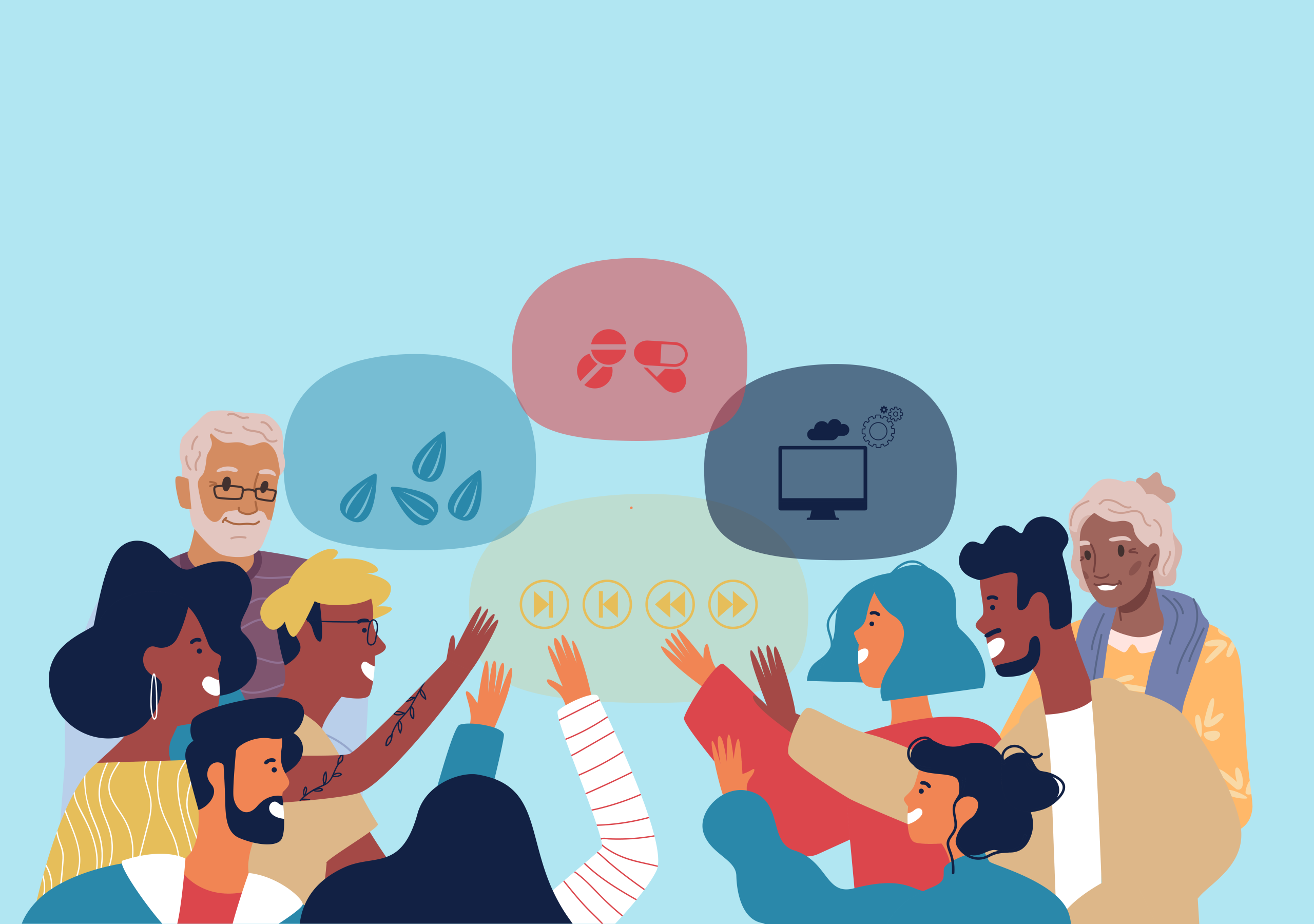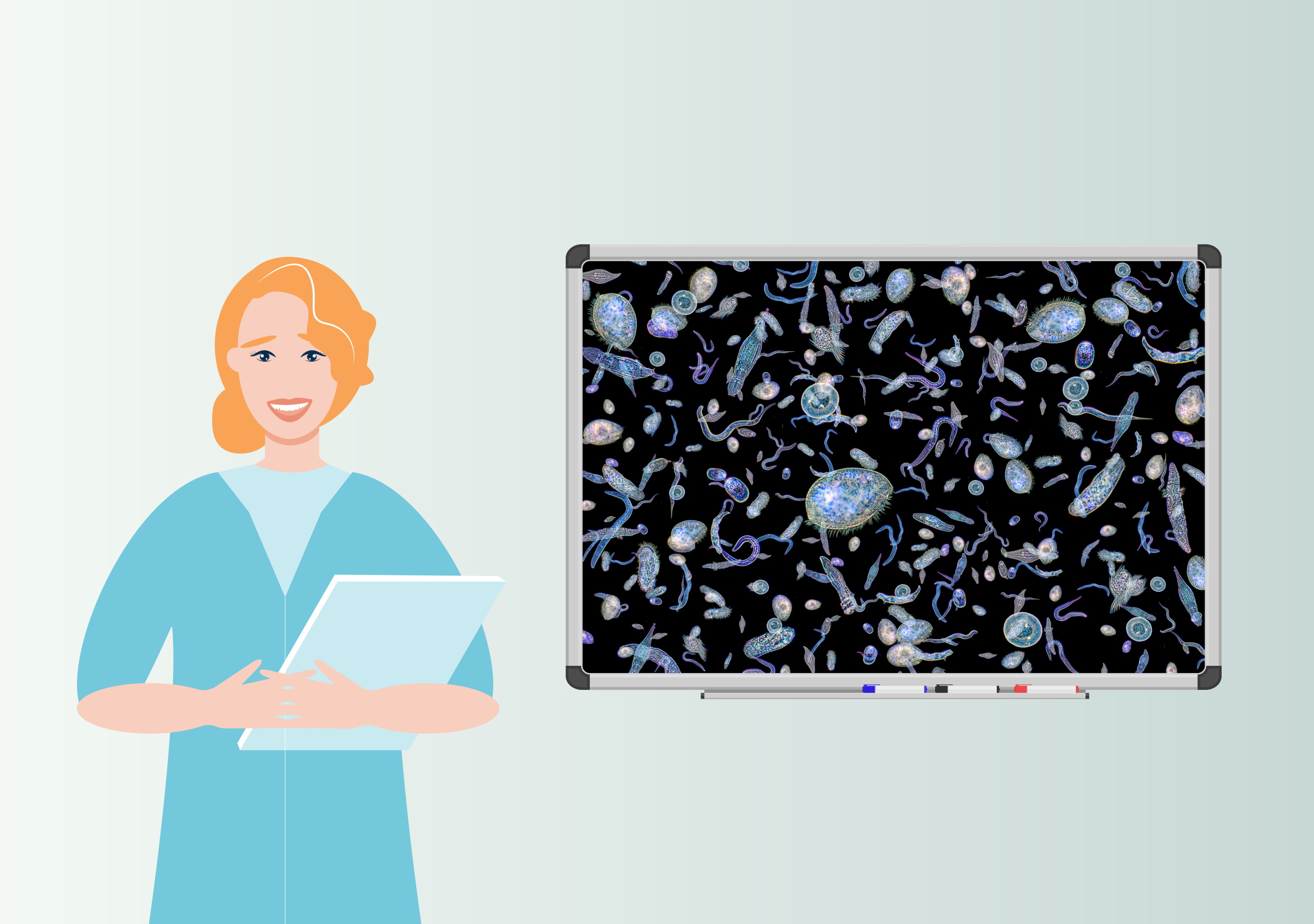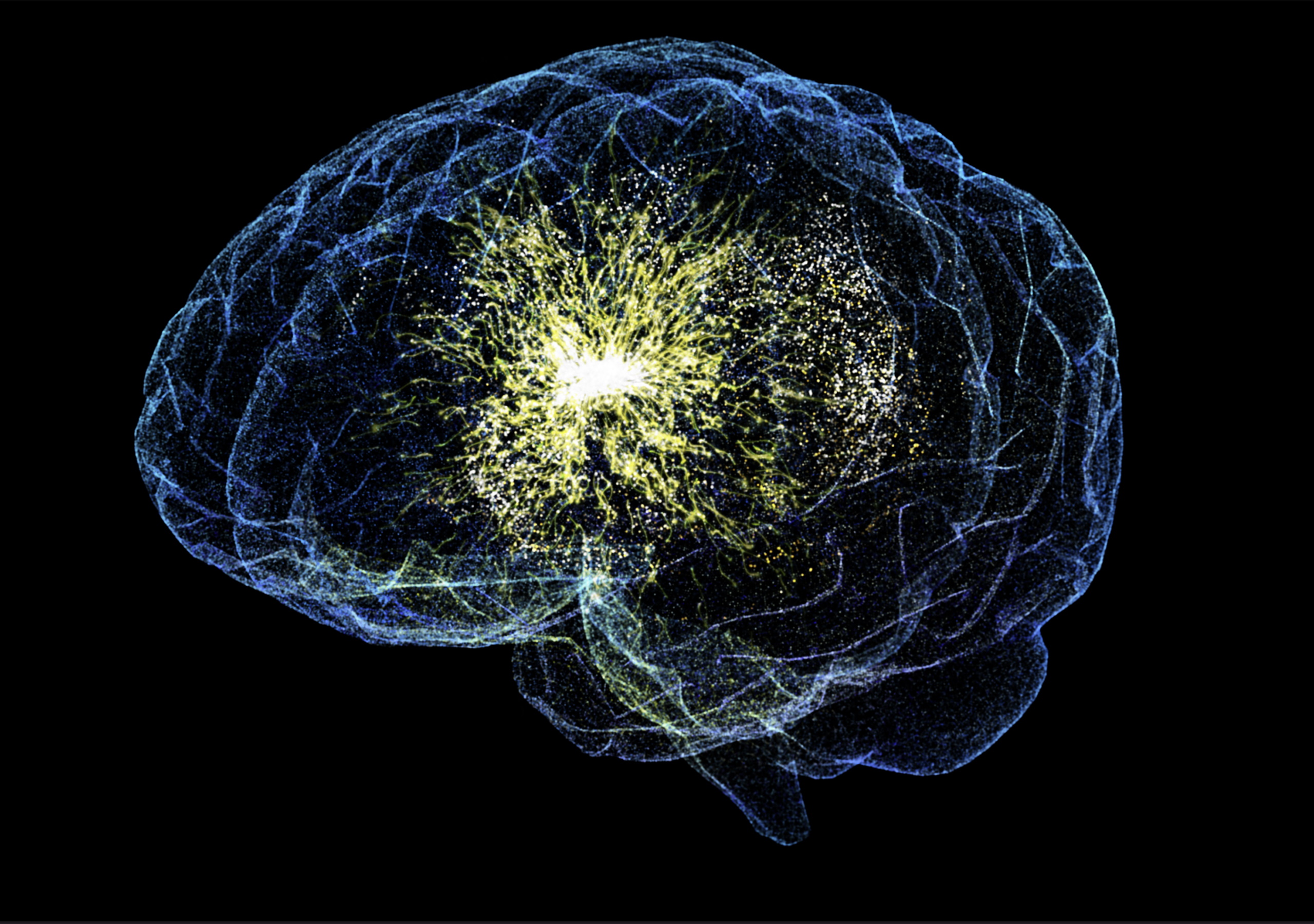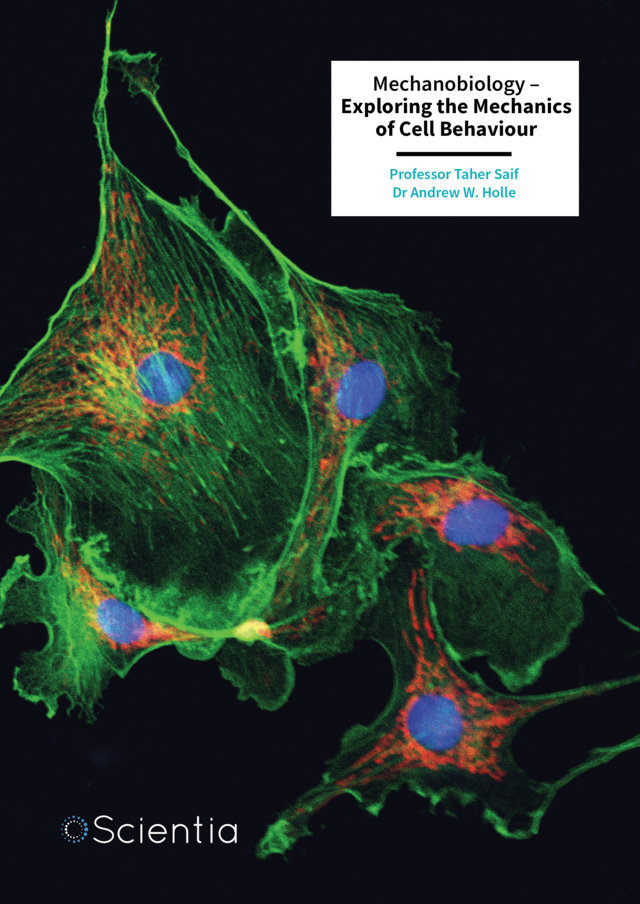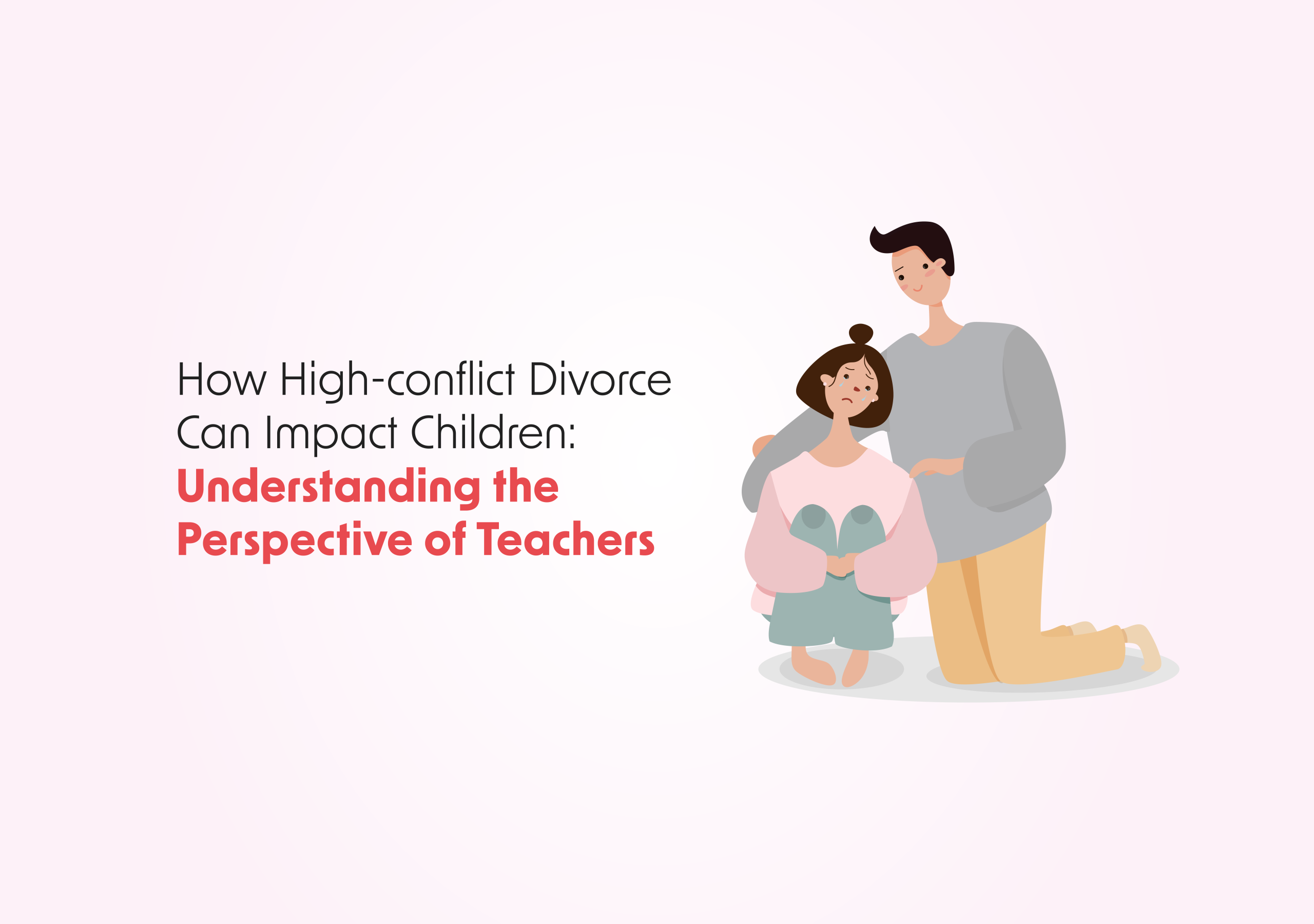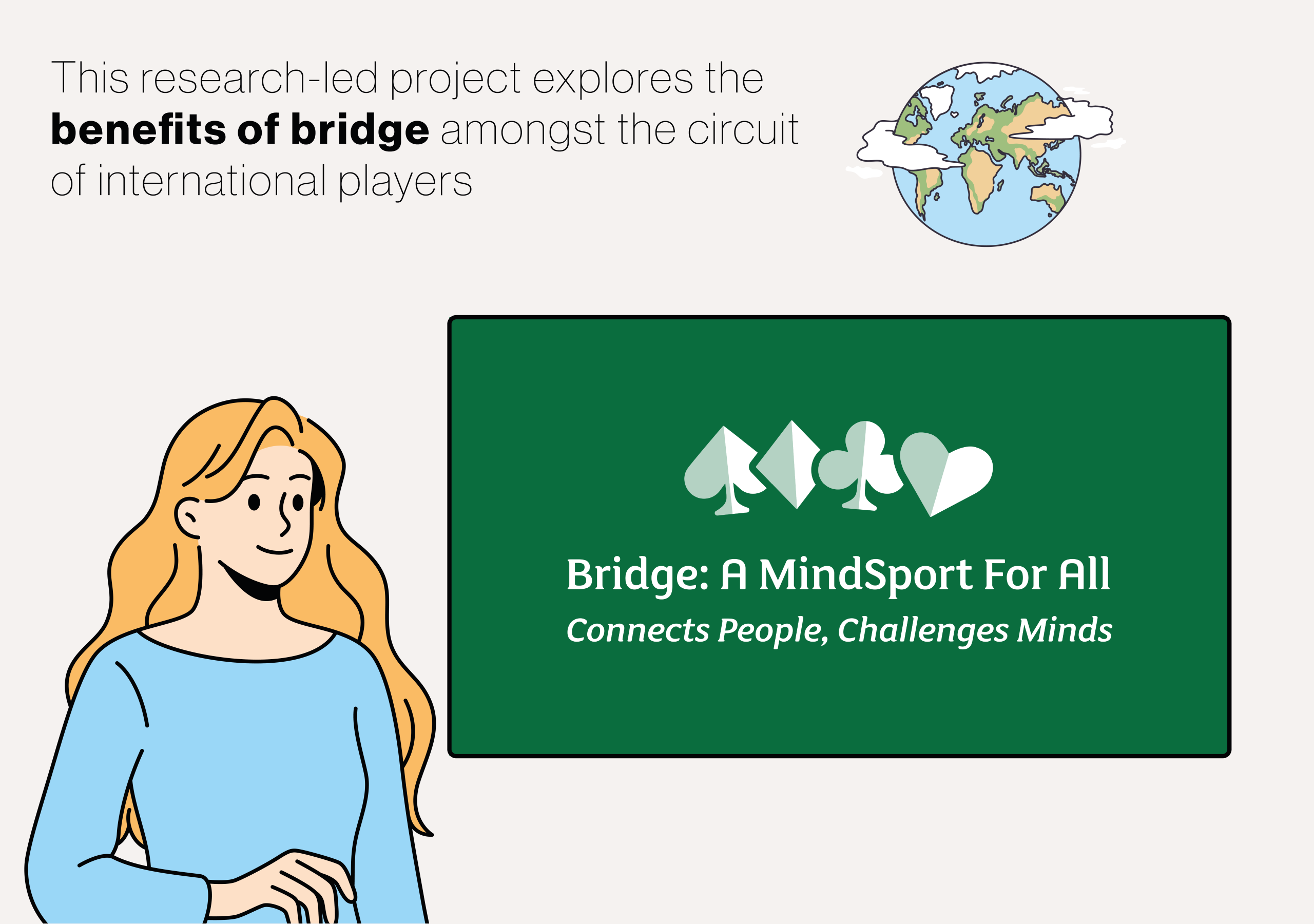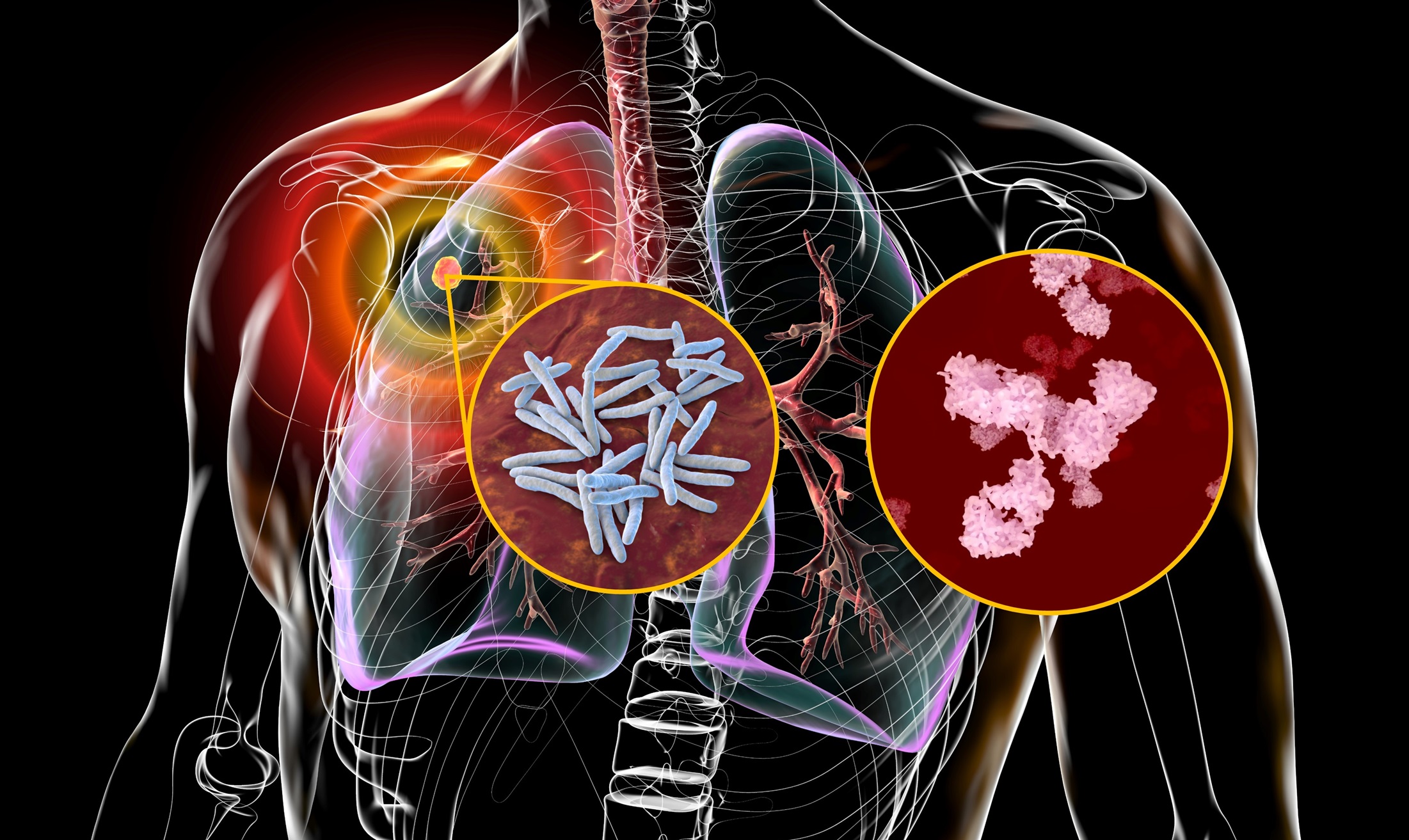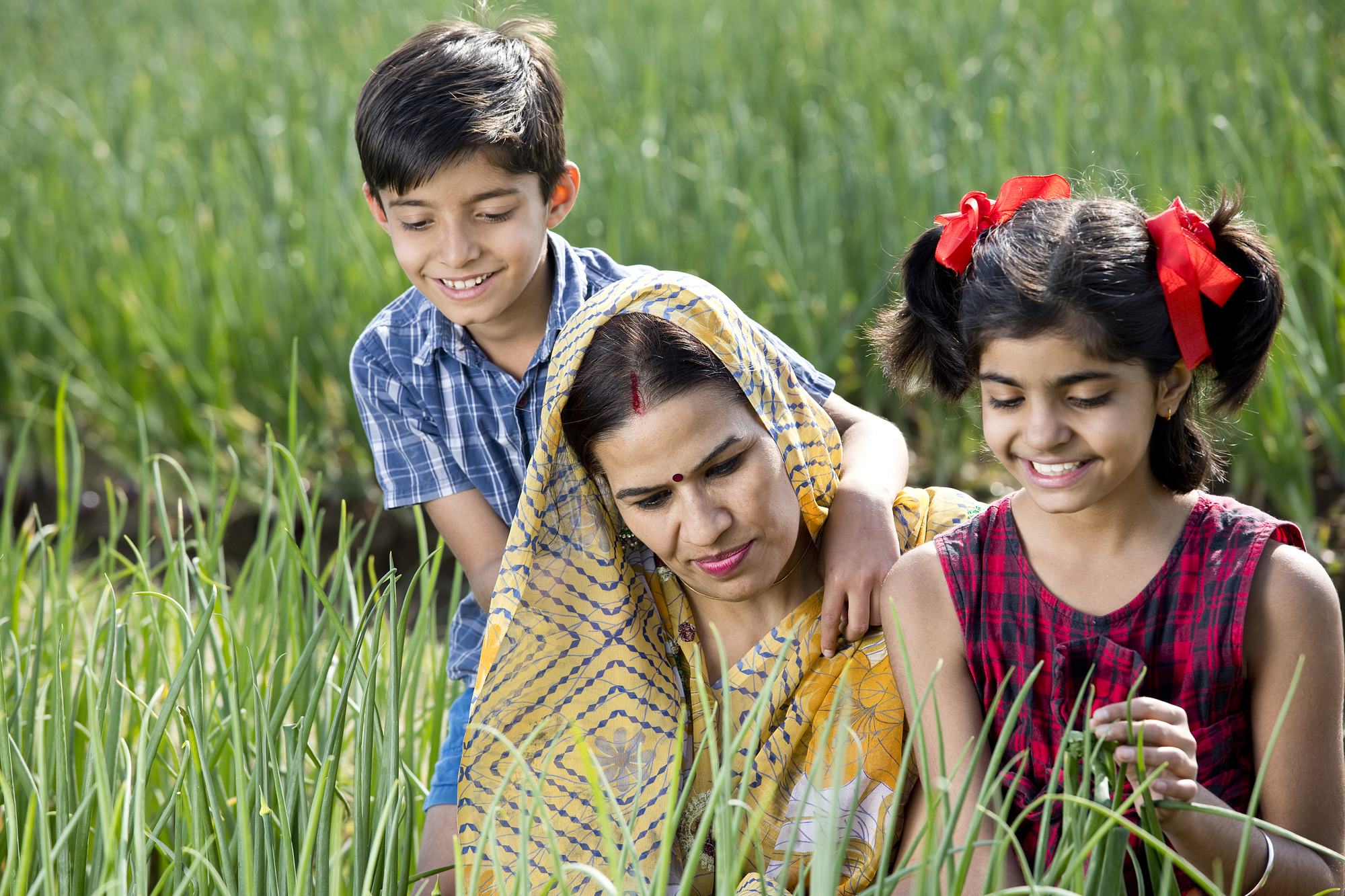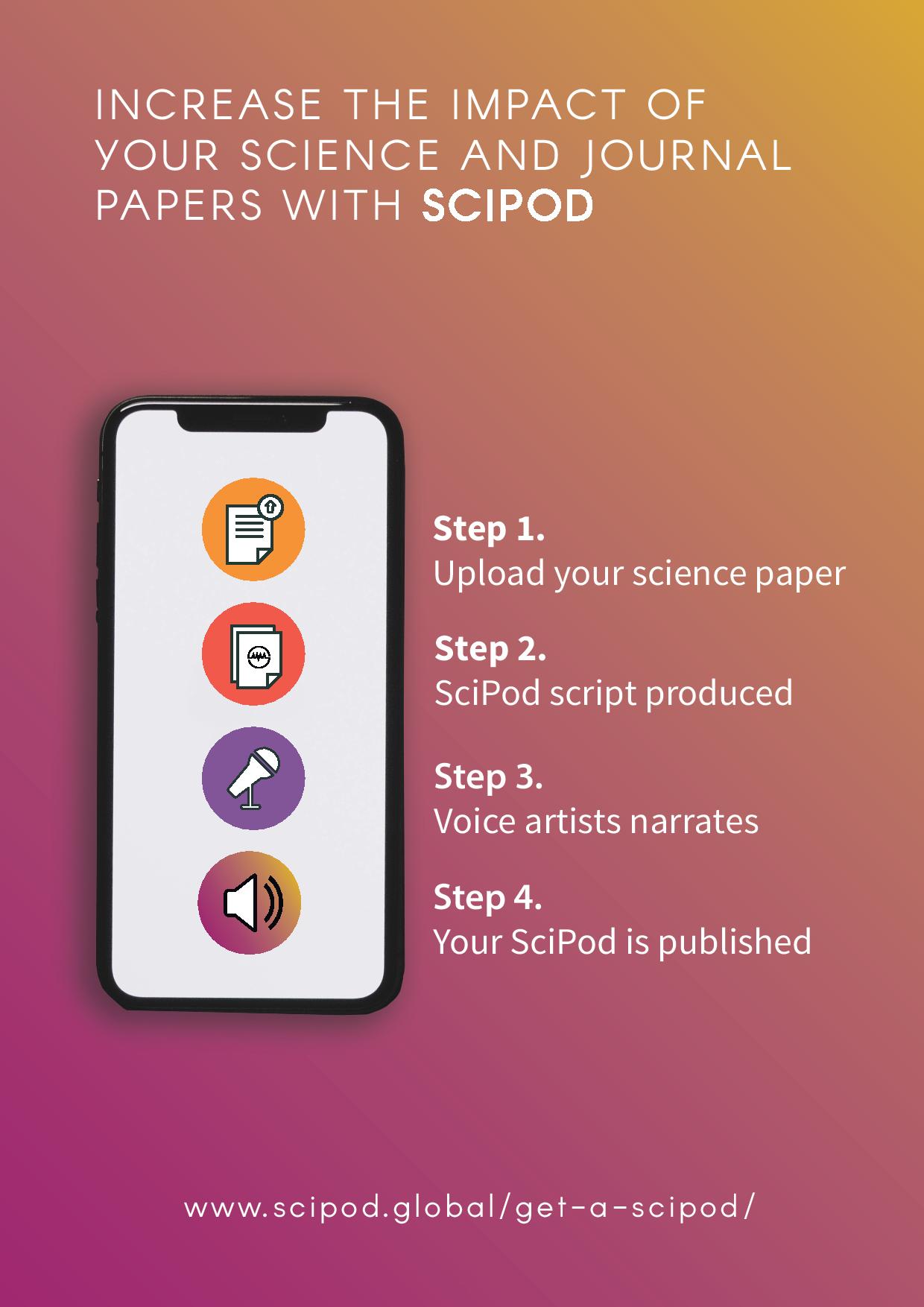From Testing For Chemical Weapons To Pain Relief With CBD. Andrea Holmes Shares Her Story
In this episode Andrea Holmes shares her journey from creating an app for testing for chemicals to now working with a start up delivering pain relief through CBD.
More SciPods Radio episodes you may like
Professor Pei Wang | Defining AI to Ensure Effective Research and Policymaking
Audiobook
About this episode
Artificial intelligence – or AI – is receiving increasing attention for its rapid development and potential to change society. Researchers are working hard to develop its capabilities, while regulators are racing to ensure it is managed and governed properly. But what do we mean by AI, and how can we define such a complex term? In a recent paper, Professor Pei Wang at Temple University argues that the lack of an agreed definition makes it difficult for policymakers to assess what AI will be capable of in the near future, or even which kinds of AI are desirable. To combat this, he discusses what makes a robust definition, and suggests his own. More
Original Article Reference
This Audio is a summary of ‘On Defining Artificial Intelligence’ in the Journal of Artificial General Intelligence, doi.org/10.2478/jagi-2019-0002
Contact
For further information, you can connect with Professor Pei Wang at pei.wang@temple.edu
This work is licensed under a Creative Commons Attribution 4.0 International License. 
What does this mean?
Share: You can copy and redistribute the material in any medium or format
Adapt: You can change, and build upon the material for any purpose, even commercially.
Credit: You must give appropriate credit, provide a link to the license, and indicate if changes were made.
Increase the impact of your research!
More episodes
Professor Lobelia Samavati | Paving the Way for Antibody-based Diagnostics for Tuberculosis and Sarcoidosis
Audiobook
About this episode
Tuberculosis – or TB – is a global health threat, with 10 million new cases annually. Diagnosing TB can be a challenge, as there is a lack of rapid, point-of-care diagnostic tests. It can also be difficult to distinguish between TB and other inflammatory diseases, such as Sarcoidosis. One option may be to identify antibodies in patient samples that can reveal the presence of TB. However, current antibody tests for TB lack accuracy. Professor Lobelia Samavati and colleagues at the Wanye State University School of Medicine in Michigan are tackling this challenge to cast light on the immune signature of these diseases. Their aim is to develop new diagnostic techniques for TB and Sarcoidosis. More
Original Article Reference
This Audio is a summary of the papers ‘Development of a T7 Phage Display Library to Detect Sarcoidosis and Tuberculosis by a Panel of Novel Antigens’, in EBioMedicine, doi.org/10.1016/j.ebiom.2015.03.007; and ‘Discovery of Novel Transketolase Epitopes and the Development of IgG-Based Tuberculosis Serodiagnostics’, in Microbiology Spectrum, doi.org/10.1128/spectrum.03377-22
Contact
For further information, you can connect with Professor Lobelia Samavati at ay6003@wayne.edu
This work is licensed under a Creative Commons Attribution 4.0 International License. 
What does this mean?
Share: You can copy and redistribute the material in any medium or format
Adapt: You can change, and build upon the material for any purpose, even commercially.
Credit: You must give appropriate credit, provide a link to the license, and indicate if changes were made.
Increase the impact of your research!
More episodes
Professor Xiaobei Li | How HR Management Can Help Businesses Weather a Changing World
Audiobook
About this episode
Businesses today exist in a changing world, which brings both opportunities for growth and increasingly complex challenges. To survive and thrive, organisations need a robust understanding of HR management. In their research, Professor Xiaobei Li and her colleagues at various universities, including University of New South Wales, Arizona State University and Peking University, recently explored how organisations can motivate their staff to ensure high-quality performance. More
Original Article Reference
This Audio is a summary of the papers: ‘Performance-based rewards and innovative behaviours’ in Human Resource Management; ‘Human Resource Practices and Firm Performance in China: The Moderating Roles of Regional Human Capital Quality and Firm Innovation Strategy’ in Management and Organization Review; and ‘Paradoxical Leader Behaviours in People Management: Antecedents and Consequences’ in Academy of Management Journal.
Contact
For further information, you can connect with Professor Xiaobei Li at xiaobeili99@163.com
This work is licensed under a Creative Commons Attribution 4.0 International License. 
What does this mean?
Share: You can copy and redistribute the material in any medium or format
Adapt: You can change, and build upon the material for any purpose, even commercially.
Credit: You must give appropriate credit, provide a link to the license, and indicate if changes were made.
Increase the impact of your research!
More episodes
Professor Uma Lele | Exploring How India Can Ensure Sustainable Growth and Resilience with Broad Participation into the Future
Audiobook
About this episode
India has seen impressive economic and institutional growth in recent years, but the country isn’t yet meeting its full potential. In a world that is increasingly volatile and uncertain, how can India overcome its challenges and ensure resilience into the future? In her recent work, Professor Uma Lele explores various ways that India can achieve this. More
Contact
For further information, you can connect with Professor Uma Lele at umalele1@gmail.com
This work is licensed under a Creative Commons Attribution 4.0 International License. 
What does this mean?
Share: You can copy and redistribute the material in any medium or format
Adapt: You can change, and build upon the material for any purpose, even commercially.
Credit: You must give appropriate credit, provide a link to the license, and indicate if changes were made.
Increase the impact of your research!
More episodes
Join Our 7 part mini-series to guide you through creating a successful outreach and impact campaign called:
“Improving Science Communication And Impact: How To Get Your Research Heard”


